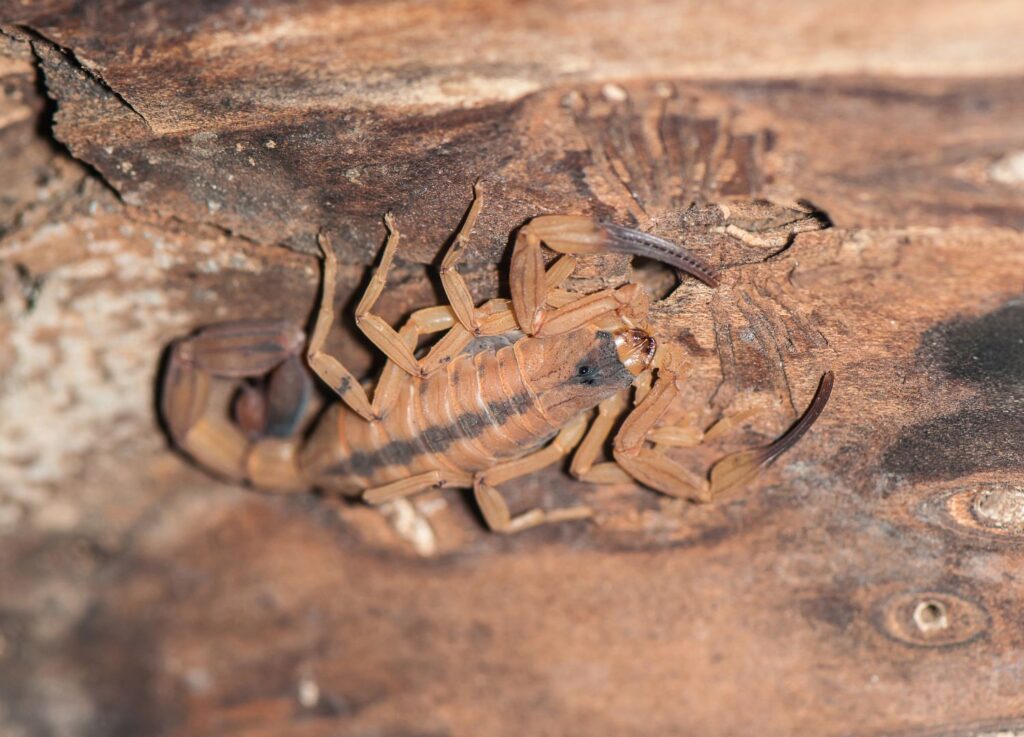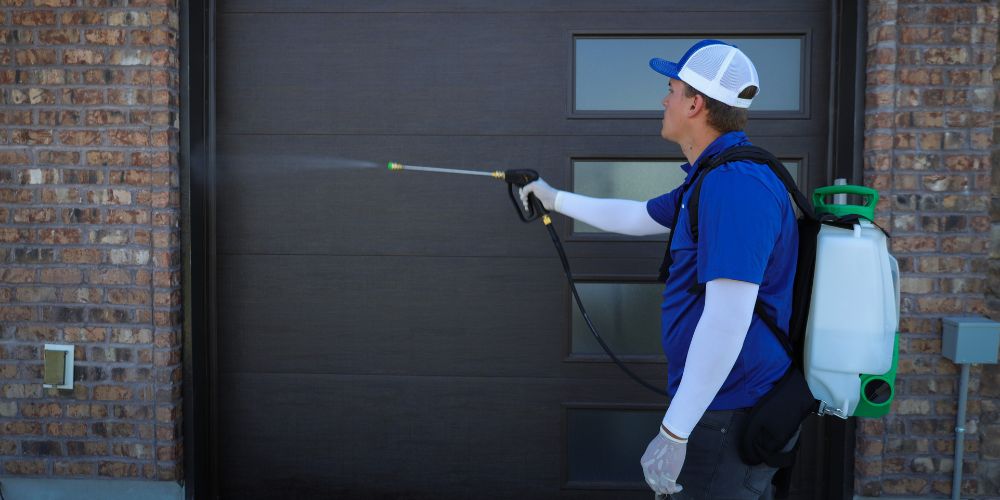Scorpions in Arizona are a real threat. Arizona is known for its beautiful deserts, stunning sunsets, and, unfortunately, its venomous scorpions. With over 30 species of scorpions found in the state, it is important for homeowners to understand the biology, behavior, and habits of these pests to protect themselves and their families from encounters with these dangerous creatures.
In this article, we will go over everything that you can do to prevent these unwanted visitors from entering your home. According to the Health Science Department of the University of Arizona, “The Poison Control Centers in Arizona receive around 20,000 calls a year concerning scorpion stings, though this probably represents a fraction of the total number of stings.”

Introduction to Scorpions in Arizona
Arizona is home to a diverse range of wildlife, including over 30 species of scorpions. The most common species found in the state is the Bark Scorpion (Centruroides sculpturatus), which is well-adapted to the hot and dry desert environment, and can be found throughout Arizona, from the low-lying deserts to the high elevations of the Mogollon Rim.
Bark Scorpions are known for their venomous sting, which is considered the most dangerous in North America. While the sting is painful and can cause swelling and discomfort, it is usually not life-threatening to healthy individuals. However, children, the elderly, and those with weakened immune systems are at a higher risk for serious health complications, so it is important to take precautions to prevent scorpion encounters.
Scorpions are nocturnal creatures and are most active at night when they hunt for food. They feed on insects, spiders, and other small creatures, and their venom helps to subdue their prey and make it easier to eat. During the day, they hide in dark, cool places like under rocks, logs, or in the cracks of walls. They are also known to seek refuge in human homes, especially in the summer months when the temperature outside becomes too hot for them.
Scorpions are also known to be territorial creatures, and they will defend their territory from other scorpions and predators. This can make them more aggressive when they feel threatened, so it is important to be cautious when handling or removing a scorpion. This is why, most of the times you will find them alone, differently to other creatures, such as cockroaches, ants, termites, etc.

Understanding the Biology of Scorpions
Scorpions are part of the arachnid family, which also includes spiders, mites, and ticks. They have a hard exoskeleton, or outer shell, that protects their body and helps them conserve moisture. They have two main body parts: the cephalothorax, which houses their eyes, mouth, and pedipalps (the appendages used for hunting and grasping), and the abdomen, which houses their internal organs and tail.
The tail of a scorpion is the most distinctive feature, as it contains the sting and the venom gland. Scorpions have a pair of pincers at the front of their cephalothorax, which they use to grasp their prey and bring it to their mouth. Their sting is located at the end of the tail and is used to subdue prey and defend themselves from predators.
The venom of a scorpion is a complex mixture of toxins that can cause a range of effects in different organisms. In humans, the venom of the Bark Scorpion can cause severe pain, swelling, and numbness, as well as symptoms like muscle twitching, difficulty breathing, and convulsions. While the sting is usually not life-threatening to healthy individuals, it is important to seek medical attention if you or someone you know has been stung.

What You Can Do to Prevent Scorpions From Coming Into Your Home.
To prevent scorpions from entering a home in Arizona, it is important to follow these steps:
- Seal cracks and crevices: Did you know scorpions can squeeze down to the width of a credit card? It is important to seal up any cracks or crevices in the foundation, walls, and windows to prevent them from entering the home.
- Keep the yard free of debris: Scorpions like to hide in piles of wood, rocks, and other debris, so it is important to keep the yard clear of any items that might provide a hiding place.
- Store firewood off the ground: Firewood is a common hiding place for scorpions, so it is important to store it off the ground and away from the foundation of the home.
- Install door sweeps: Installing door sweeps on the bottom of doors can prevent scorpions from entering the home through gaps or cracks.
- Use outdoor lighting wisely: We always get asked: Are scorpions attracted to light? The answer is yes. They are attracted to white light, remember they are mostly crawling around at night but they love areas illuminated as if it was daylight. Instead of using white lights, use yellow lights. The coloration in yellow lights will not attract scorpions as much as white light does.
- Remove food and water sources: Scorpions are attracted to areas with food and water, so it is important to remove any sources of food or water near the house, such as pet dishes and bird feeders.
- Hire a professional pest control service: Hiring a professional pest control service can help to eliminate scorpions and prevent future infestations. The pest control company can also provide inspections and recommendations on how to keep scorpions and other pests out of the home.
By following these steps, homeowners can reduce the risk of scorpion encounters and keep their homes safe from these venomous pests.
Connect with us via social media, to stay up to date with tips to keep your home pest free.

